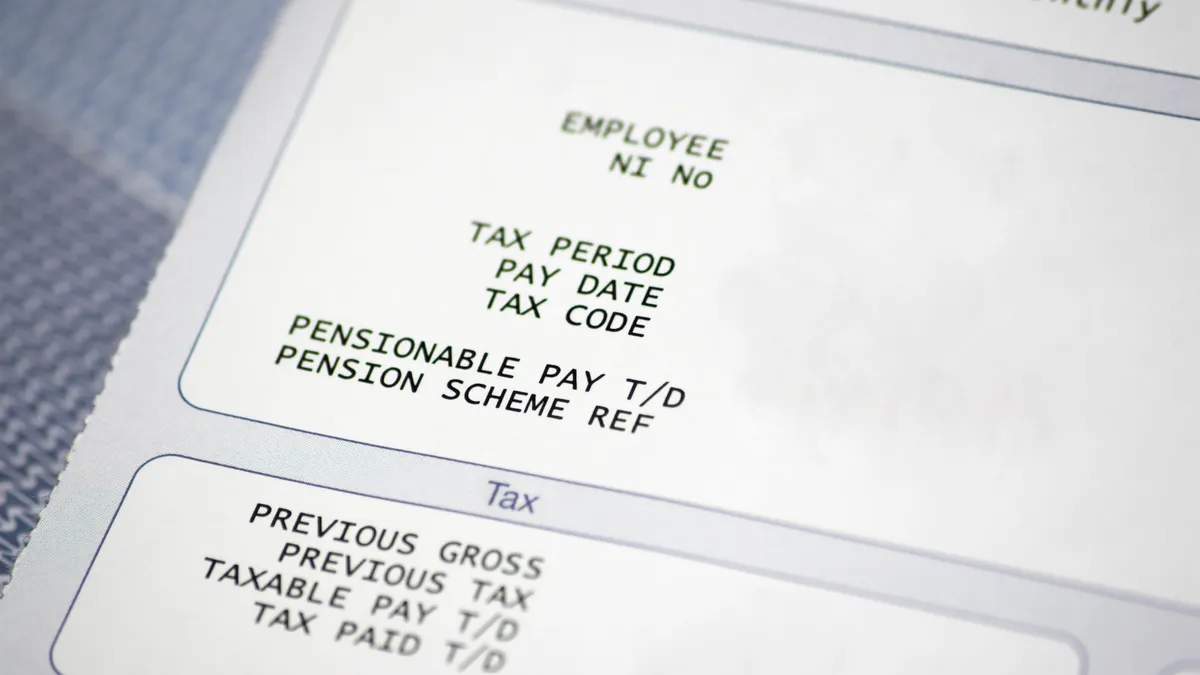Daniel Bryant is the President of Retirement and Private Wealth for Sheridan Road Financial, a division of HUB International. Heather Garbers is Vice President of Voluntary Benefits and Technology for HUB International.
We weren't even close to being done with the pandemic, really, when business advisors of every stripe were encouraging employers to start working on how they intended to re-set for a post-lockdown world.
A year-plus later, with U.S. COVID-19 vaccination rates inching towards 50% and the return to a new normal underway, it's time to get serious. Ideally, human resource leaders are ready to tackle the adequacy of employee benefits that were designed for a "normal" environment when everything since then has changed.
Actually, some things haven't changed. For one, Americans were financially stressed before the pandemic and are likely to be even more so now. It makes financial wellness strategies more relevant than ever — and an important imperative for employers of every size.
According to a recent study, discussing their finances provoked feelings of stress among half its 19,000 respondents; just thinking about it made 60% anxious. Our student loan debt of $1.7 trillion illustrates one of the burdens. Healthcare costs are also hard to handle, leading 53% to skip or delay care in order to avoid the costs. It all challenges savings, threatening retirement readiness: Some 70% of workers say a boost in employer contributions to their retirement plans would help, but even better would be guidance on retirement planning.
Employers are in an ideal position to provide solutions, and should, since they pay the price, too. Think absenteeism and presenteeism when employees stress over their money while on the job, with a cost that one study puts at 47 hours per worker per year. And when employees can't afford to retire, those costs add up, too — starting with healthcare and workers' compensation. Each year added to an organization's average retirement age means a workforce cost of 1% to 1.5%.
Think ROI — but include the intangible
Financial wellness programs are as relevant to small organizations as to large, producing a return on investment that could be as high as 3:1 — and that's just based on a reduction in employee-based costs in productivity and absenteeism.
And that's great, but numerous, more intangible factors need to be added in. For starters, they are great recruitment and retention tools. This is a big advantage as the post-pandemic talent market heats up to pre-pandemic levels; some expect the unemployment rate to shrink to 4.1% by year-end. What's more, financial wellness programs help address a major source of stress and may improve employees' emotional health, which has been battered by the recession. There also are trickle-down effects on their physical health, and the positive impact on workplace culture.
Getting started takes developing a strategy that reflects the thinking of those who have a stake in the outcomes: the organization's leadership, to champion the need and the benefits; and a task force composed of HR/employee benefits specialists and the team that manages retirement benefits. The best results will come from removing the silos. Here's how to get started.
1. Employee analytics will pinpoint the needs. A deep dive into how employees are using current benefits is one way to start understanding their issues. What are the patterns for sick and vacation days, and how have employee assistance plans been utilized? What are the contribution rate patterns to retirement plans, and was there an uptick (and by which groups) in retirement plan fund borrowing during the pandemic?
2. Explore solutions on hand and new ones, too. It's surprising how many tools and solutions are hidden in plain sight within the current benefits lineup. Employee assistance programs, for example, are sadly underutilized and may well include financial counseling services. Those were cited as a top need by by 79% of one employee survey, especially for retirement planning. Other overlooked services can include legal benefits. Undertake an audit to identify, repackage and promote them under the financial wellness plan. Many solutions are out there that cost employers little, if anything, to offer, like paycheck advances and/or early wage access, as an alternative to costly payday loans.
3. Promote the initiative and its features. Communications can make or break any employee benefits program. Messaging that's tailored to specific employee segments will gain the most traction. Think about clear, straightforward communications that's driven out consistently through channels that ensure maximum exposure and buy-in. Think about all-hands webinars and face-to-face sessions for some employees, but a text campaign for others. And don't forget to include an engagement strategy with inexpensive enrollment incentives offered to help boost awareness and enrollment.
The last year was tough on everyone. Doing the reset effectively is a shared challenge. Organizations that make financial wellness programs part of that imperative will help their employees do it right.




















